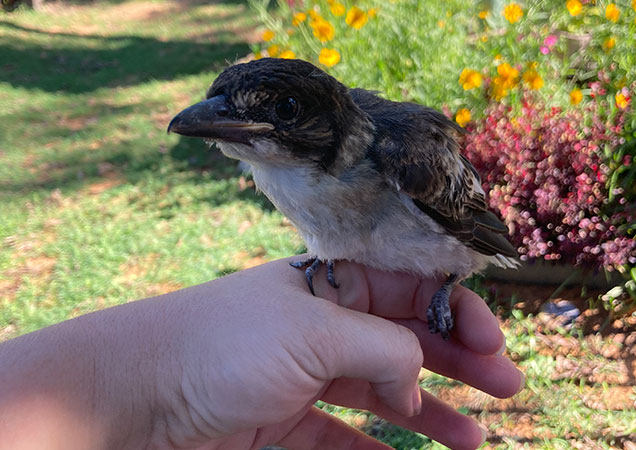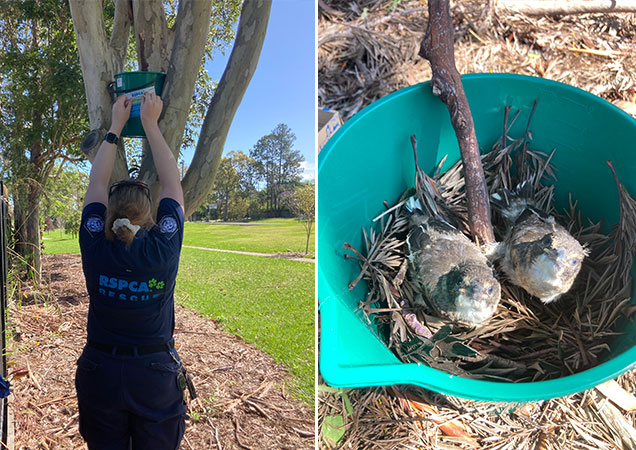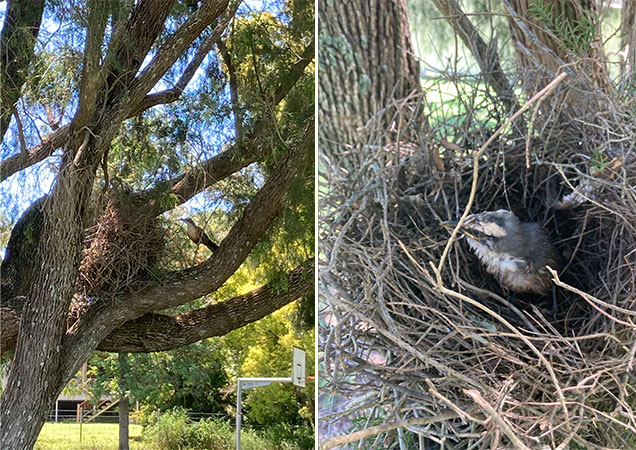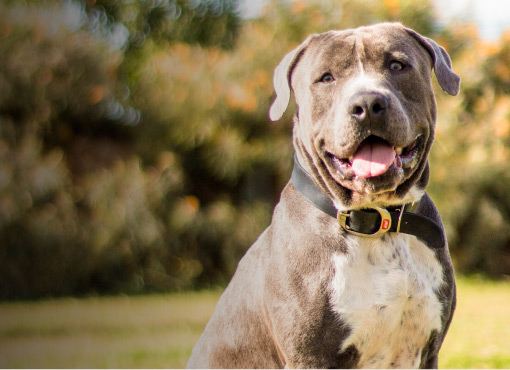It’s not uncommon to come across small baby birds on the ground during spring. In most cases, these fledgling birds are being closely monitored by their nearby parents. This is a normal process as the young birds learn how to take flight. In some instances, the baby bird may be in danger or may be injured and genuinely needs your help. But how can you tell when to intervene and when to leave the baby bird?
Download or print this baby bird rescue guide and follow these steps to help you determine the best way to handle the situation.






